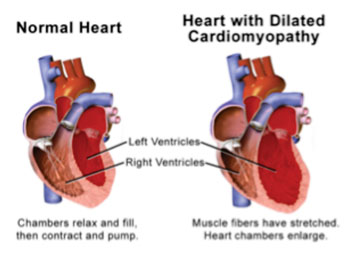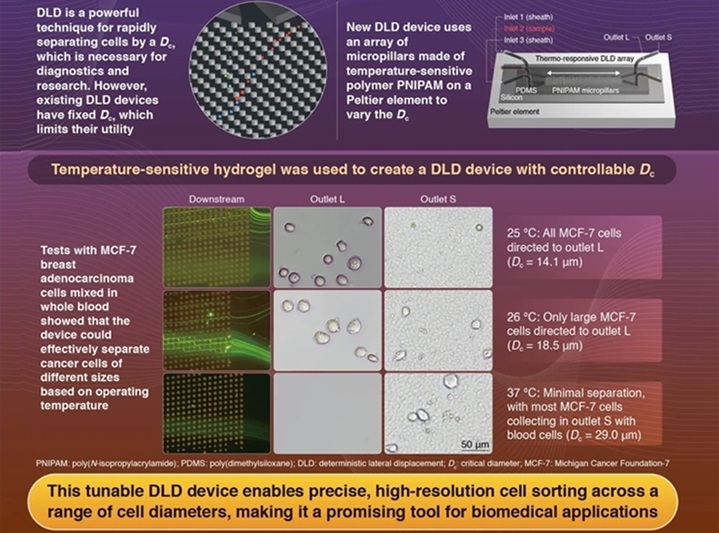Sequencing Study Links Mutations in Major Heart Muscle Protein to Development of Dilated Cardiomyopathy
By LabMedica International staff writers
Posted on 27 Jan 2015
British heart disease researchers using advanced gene sequencing techniques have identified mutations in the TTN gene, which encodes the muscle protein titin, linked to development of dilated cardiomyopathy (DCM) that are different from benign mutations in this gene that are carried by a large percentage of the population.Posted on 27 Jan 2015
In DCM a portion of the myocardium is dilated, often without any obvious cause. Left or right ventricular systolic pump function of the heart is impaired, leading to progressive cardiac enlargement and hypertrophy, a process called remodeling. Dilated cardiomyopathy is the most common form of non-ischemic cardiomyopathy, and one in three cases of congestive heart failure (CHF) is due to dilated cardiomyopathy. It occurs more frequently in men than in women, and is most common between the ages of 20 and 60 years.

Image: Illustration of a normal heart compared to a heart with dilated cardiomyopathy (Photo courtesy of Blausen Gallery 2014. Wikiversity Journal of Medicine).
Titin, also known as connectin, is a giant protein that functions as a molecular spring which is responsible for the passive elasticity of muscle. It is composed of 244 individually folded protein domains connected by unstructured peptide sequences. These domains unfold when the protein is stretched and refold when the tension is removed. With its length of from about 27,000 to 33,000 amino acids (depending on the splice isoform), titin is the largest known protein, and the TTN gene contains the largest number of exons (363) discovered in any single gene.
The recent discovery of heterozygous human mutations that truncate full-length titin promises new prospects for improving heart failure management. However, realization of this opportunity has been hindered by the large number of TTN-truncating variants (TTNtv) in the general population and uncertainty about their consequences in health or disease.
In order to distinguish between TTN mutations linked to DCM and benign mutations in this gene, investigators at Imperial College London (United Kingdom) coupled TTN gene sequencing with cardiac phenotyping in 5267 individuals across the spectrum of cardiac physiology and integrated these data with RNA and protein analyses of human heart tissues.
They found diversity of TTN isoform expression in the heart, defined the relative inclusion of TTN exons in different isoforms, and demonstrated that these data, coupled with the position of the TTNtv, provided a robust strategy to discriminate pathogenic from benign TTNtv. They showed that TTNtv was the most common genetic cause of DCM in ambulant patients in the community, identified clinically important manifestations of TTNtv-positive DCM, and defined the penetrance and outcomes of TTNtv in the general population. The key finding was that TTN mutations in healthy individuals usually occurred in regions of the gene that were not included in the final protein, allowing titin to remain functional.
Senior author Dr. Stuart Cook, professor of clinical and molecular cardiology at Imperial College London, said, "These results give us a detailed understanding of the molecular basis for dilated cardiomyopathy. We can use this information to screen patients' relatives to identify those at risk of developing the disease, and help them to manage their condition early."
The study was published in the January 14, 2014, online edition of the journal Science Translational Medicine.
Related Links:
Imperial College London














